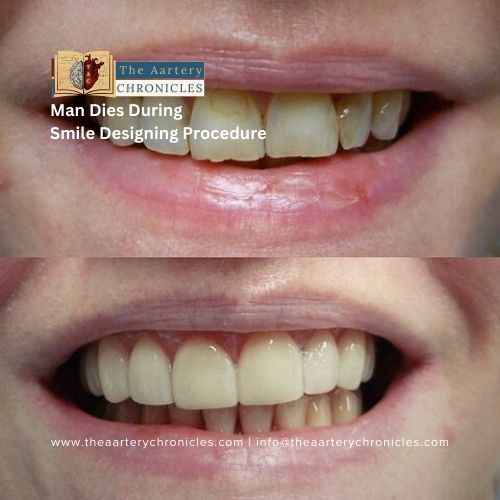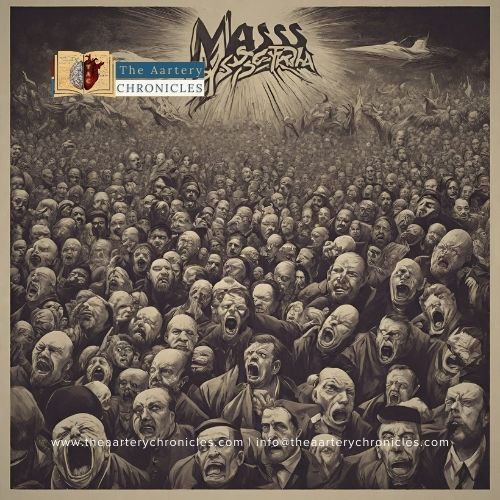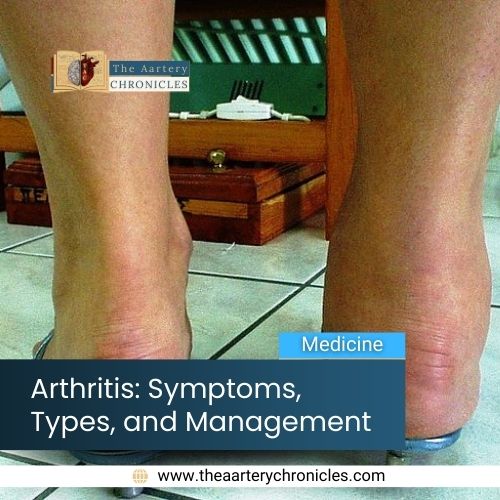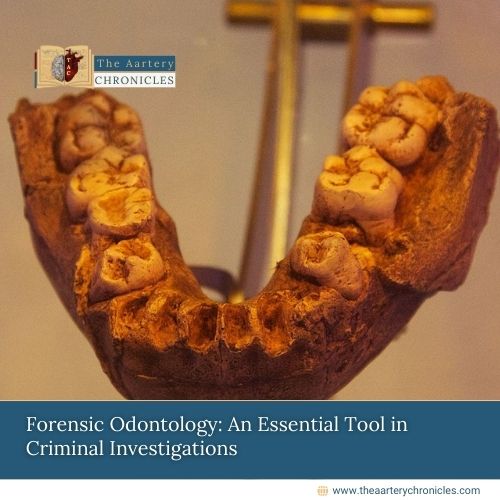
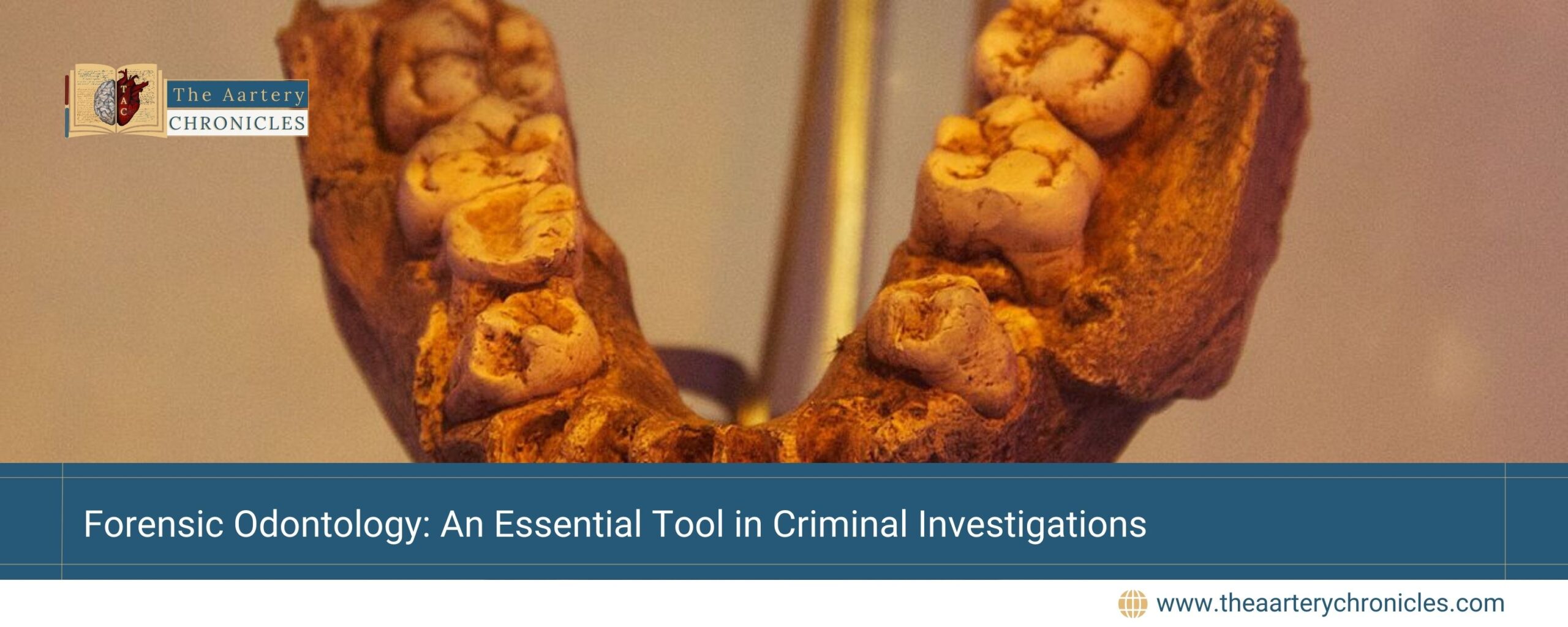
Forensic Odontology: An Essential Tool in Criminal Investigations
Introduction
Forensic odontology, also known as forensic dentistry, plays a crucial role in the field of criminal investigations. By analyzing dental evidence, this branch of forensic science aids in identifying victims, solving crimes, and bringing justice in legal cases. As teeth are one of the most durable structures in the human body, they can offer essential clues even when other forms of evidence, like fingerprints or DNA, are damaged or unavailable. Forensic odontology has become invaluable in areas such as disaster victim identification, human remains identification, and bite mark analysis.
What is Forensic Odontology?
Forensic odontology involves the application of dental science to legal investigations. It primarily focuses on:
- Identifying human remains through dental records
- Analyzing bite marks found at crime scenes
- Assisting in criminal cases involving dental injuries
The unique characteristics of human teeth make dental evidence a reliable tool in forensic investigations. Over time, it has become an indispensable science in both medico-legal cases and the identification of deceased individuals. One of the primary reasons for its importance is the resilience of dental tissues. Teeth and related structures are often preserved even when a body is severely compromised—whether through decomposition, skeletonization, burning, or dismemberment.
Key Applications of Forensic Odontology
Disaster Victim Identification (DVI)
In mass casualty events like natural disasters, plane crashes, or terrorist attacks, bodies can often be damaged beyond recognition. Forensic odontologists play a pivotal role in victim identification by comparing dental remains with ante-mortem dental records to establish identities, even when other identification methods fail.
Human Remains Identification
In cases where bodies are skeletonized, decomposed, burned, or dismembered, dental evidence often remains intact due to the durability of dental tissues. By using dental X-rays, charts, or unique dental work such as fillings or crowns, forensic experts can match remains to known individuals.
Bite Mark Analysis
Bite marks left on victims or objects can be analyzed and compared to the dental profiles of suspects. Bite marks are often as unique as fingerprints, allowing forensic odontologists to link a suspect to a crime scene. This type of evidence has been crucial in numerous criminal cases, including high-profile ones like the conviction of serial killer Theodore Bundy.
The Role of Forensic Odontology in the Infamous Theodore Bundy Case
One of the most famous examples of forensic odontology being used in a criminal case is the trial of Theodore Bundy, one of the most notorious serial killers in U.S. history. During his last known murder, Bundy left a distinctive bitemark on the body of his victim. Forensic pathologists created a plaster cast of the bitemark from the victim’s body, which was then compared to a dental impression taken from Bundy’s teeth.
Lowell Levine, a forensic odontologist, testified during Bundy’s trial, stating that the bite marks on the victim’s body matched Bundy’s dental impression. This evidence played a pivotal role in convincing the jury of Bundy’s guilt, leading to his conviction for murder. As a result, Bundy was sentenced to death and later executed.
This case highlights the significance of forensic odontology, where bite marks served as key piece of evidence in solving the case.
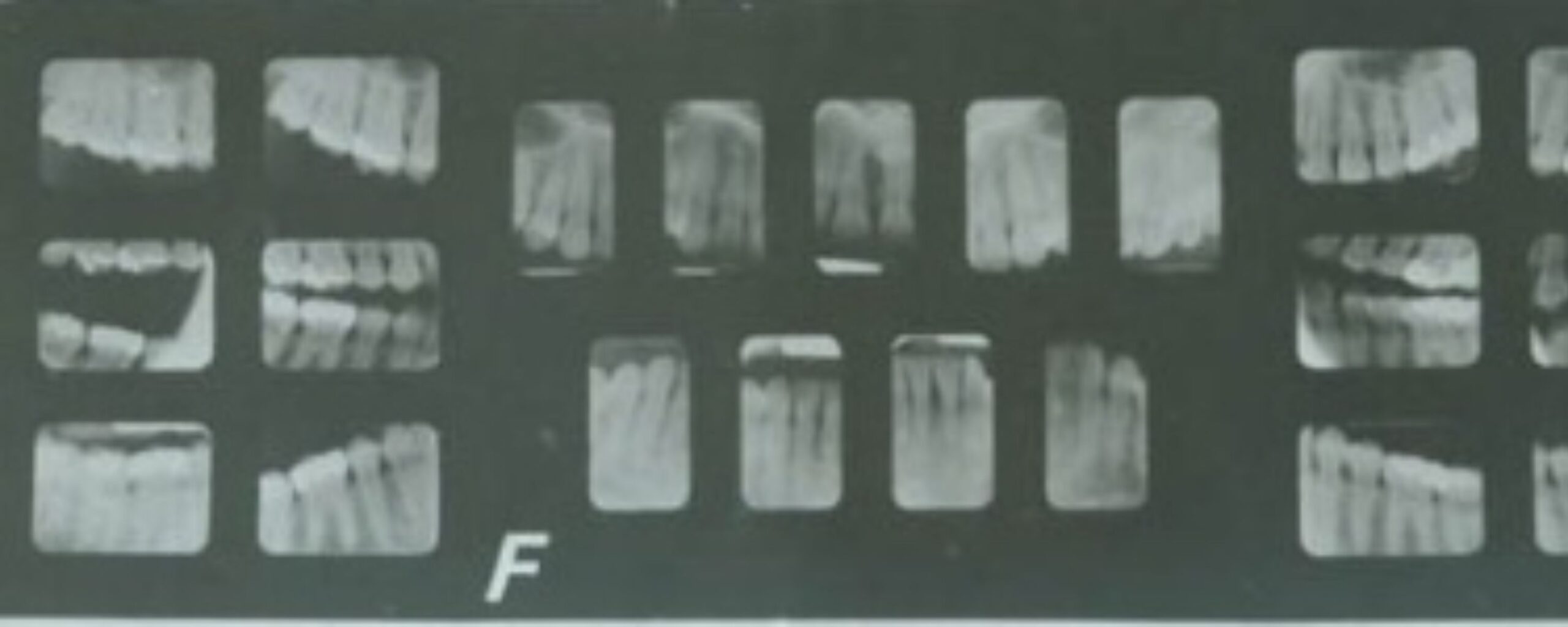
How Does Forensic Odontology Work?
Identification Through Dental and Jawbone Remains
Teeth, jawbones, and skull bones have proven to be vital in identifying victims, especially in cases involving mutilation, decomposition, or disaster scenarios where visual identification is impossible.
- Tooth Eruption Patterns and Age Estimation: Tooth eruption patterns play a significant role in estimating the chronological age of the deceased. The state of tooth wear provides insights into an individual’s eating pattern, diet, and other oral habits. Teeth undergo characteristic wear patterns over time, giving forensic experts clues about the person’s lifestyle and approximate age.
- Jawbone Size and Gender Determination: The size and shape of the jawbone provide critical evidence in determining the gender of a victim. Studies show that gender determination through skull bone analysis can achieve up to 90% accuracy. The shape of the mandible is influenced by masticatory forces, which differ between males and females, offering a method of gender identification. Gender can also be determined using radiographs of jawbones, a minimally invasive method applicable to both deceased and living individuals.
Soft Tissue Analysis in Forensic Odontology
In addition to hard tissues like teeth and bones, forensic odontology also utilizes soft tissue patterns for identification:
- Palatal Rugae Patterns (Palatoscopy): The palatal rugae are ridges on the roof of the mouth that are unique to each individual. These palatal rugae are protected from trauma and extreme temperatures by being shielded by surrounding tissues such as the lips, cheeks, tongue, and teeth. As a result, they remain unchanged throughout a person’s life. Palatal rugae exhibit racial and gender variations, which makes them valuable in forensic identification.
- Lip Print Analysis (Cheiloscopy): Like fingerprints, lip prints are unique and unchangeable, offering another reliable method of identification. Lip prints can be found on items like cigarettes, glasses, cups, and clothing, thus providing potential evidence in criminal cases. Cheiloscopy is not only cost-effective but also easy to perform on both living and deceased individuals.
Morpho-Histological Methods for Age Estimation
Several morpho-histological techniques are employed in forensic odontology to estimate the age of individuals:
- Dentin Translucency: Dentin translucency is regarded as one of the most reliable methods for age estimation due to its accuracy and simplicity. As people get older, the dentin (the tissue inside the tooth) becomes more transparent, starting at the tip of the tooth root and moving upward. This happens because the tiny tubes inside the dentin harden over time, and this gradual change helps experts estimate a person’s age accurately.
- Cementum Annulations: Cementum annulations offer another reliable method for age estimation, particularly in adults. Cementum is a hard tissue covering the tooth root that develops incremental lines that increase with age. By counting these lines, forensic experts can estimate the age of an individual with a reasonable degree of accuracy.
Technological Transformation in Forensic Odontology
Data collection methods in forensic odontology have undergone significant transformation, thanks to the advent of modern technologies.
- Digital Imaging and 3D Scanning: These have improved the accuracy and speed of dental identification. 3D modeling of teeth allows for more precise comparisons between dental records and unidentified remains.
- DNA Analysis from Teeth: Teeth and bones are often the only sources of DNA available for identifying degraded or fragmented human remains. The unique composition of teeth and their protected position within the jawbone make them more resistant to environmental damage than bones. This extra layer of protection makes teeth a preferred source of DNA in many forensic cases, as they are more likely to preserve genetic material when other tissues have deteriorated.
- Artificial Intelligence and Software: AI and specialized software are now being used to automate the comparison of dental records, providing faster and more accurate matches in forensic databases.
Conclusion
Forensic odontology continues to be an invaluable asset in criminal investigations and disaster victim identification. The durability and uniqueness of dental structures make them a robust source of information for identifying individuals, analyzing injuries, and even providing clues to a person’s age. With advancements in technology, integration of digital imaging and improved techniques will only strengthen the accuracy and reliability of forensic odontology. These innovations ensure that forensic odontology will play an even more significant role in future medico-legal matters, enhancing its contribution to the justice system.


